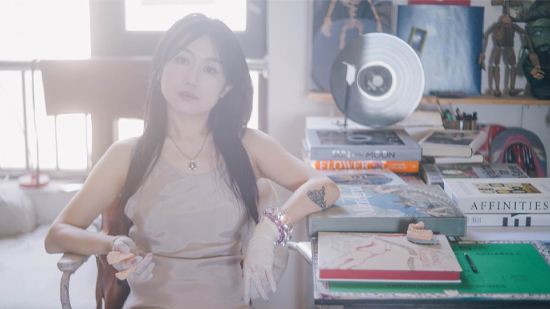
“Actually, all inner experience comes from the unconscious, over which we have no control and which is nature. Nature doesn't lie. But we lie to ourselves all the time.”
—— The Archetypes and the Collective Unconscious
Qi Le's current paintings exhibit a strong corporeality—fluid metamorphosis and tentatively uncertain brushwork recur under similar themes. While the most cursory viewer might only see white strawberries (or "Piaozi," as called in Gannan dialect), those versed in painting's linguistic structure can discern a churning, emerging new world. Before taking the next step, the artist herself isn't sure where she's headed—a ridiculous attempt akin to lifting oneself by the hair to leave the earth, yet this is art's most mysterious and exhilarating essence: an advance into unclaimed territory.
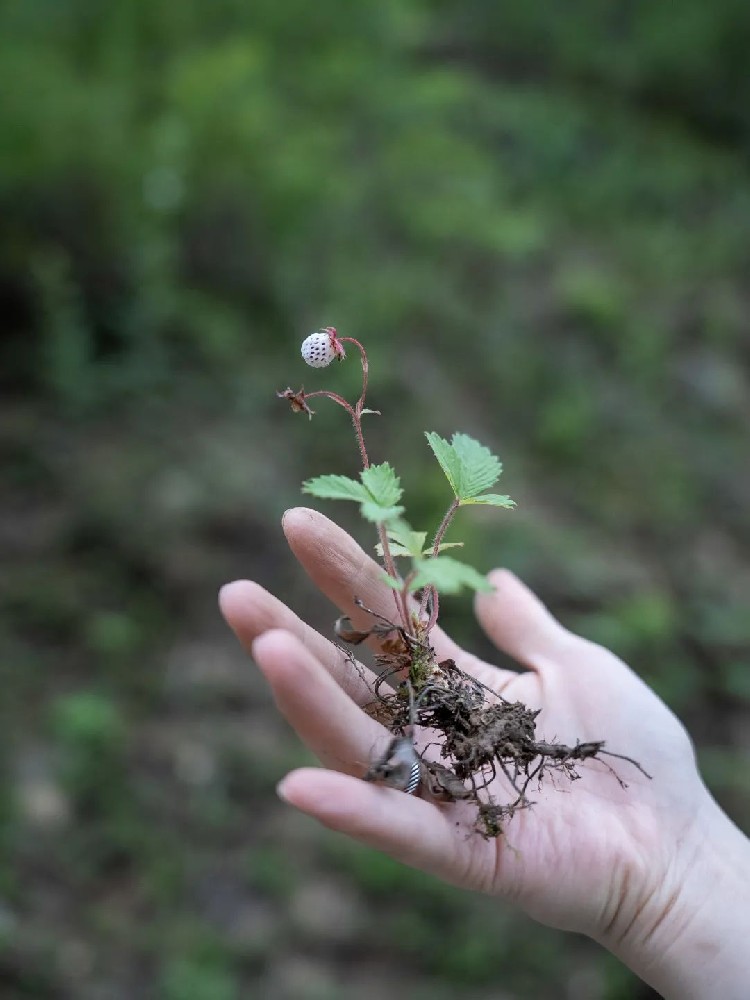
In her recent practice, Qi Le has undergone profound self-exploration and rejection of false inertia. Through moments of anguished self-doubt, she gradually distills from inward experiences a symbolic mirror reflecting her worldview. This spiritual journey manifests candidly in her pictorial evolution: initially rigid, enclosed block formations shatter; thought routines imposed by conceptual training are rejected; color smears conjure material states; slender lines pierce through layers, churning the dense atmosphere of the canvas and diffusing outward.
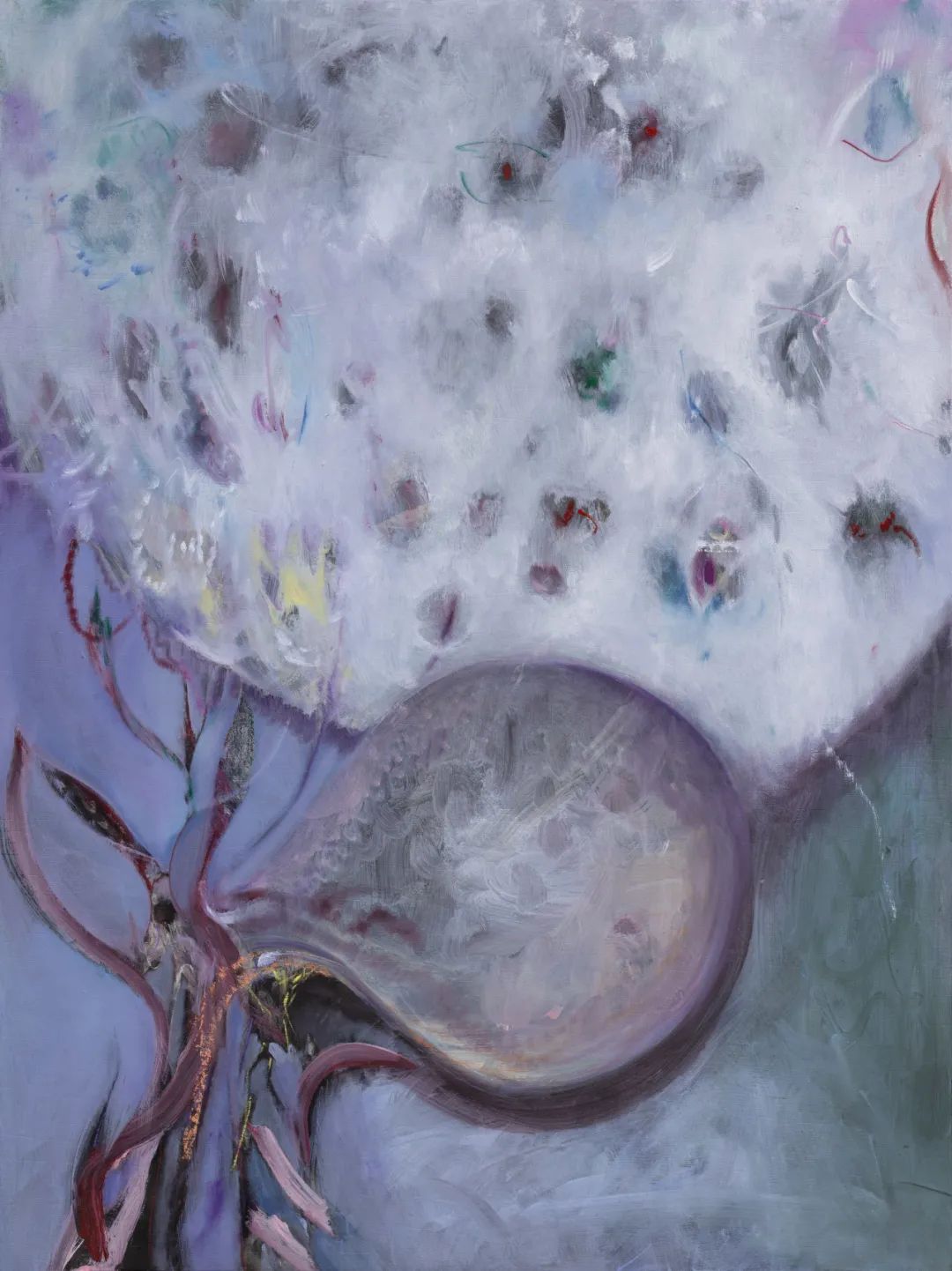
In Qi Le's oeuvre, the "how" and "what" of painting remain in constant synchrony. Her brushwork does not derive from inherited techniques but from creations born of meticulous deliberation on expressive accuracy. Thus, the loose uncertainties in her works become anticipated flashes of insight. As the world of Piaozi (white strawberries) deepens—where lines, colors, and strokes disperse and converge—these "notes" of intensity and tempo will assume ever richer relationships, potentially spilling beyond the two-dimensional plane into more tactile material forms. For an artist like Qi Le, who thrives on internal exploration, the existence of a world to manifest precedes the choice of medium; visual language organically emerges from her mode of experiencing reality. Even if it begins as blurred fragments leading from one clue to another, the act of opening herself and earnestly awaiting its arrival—its emergence—defines her most precious artistic state today.
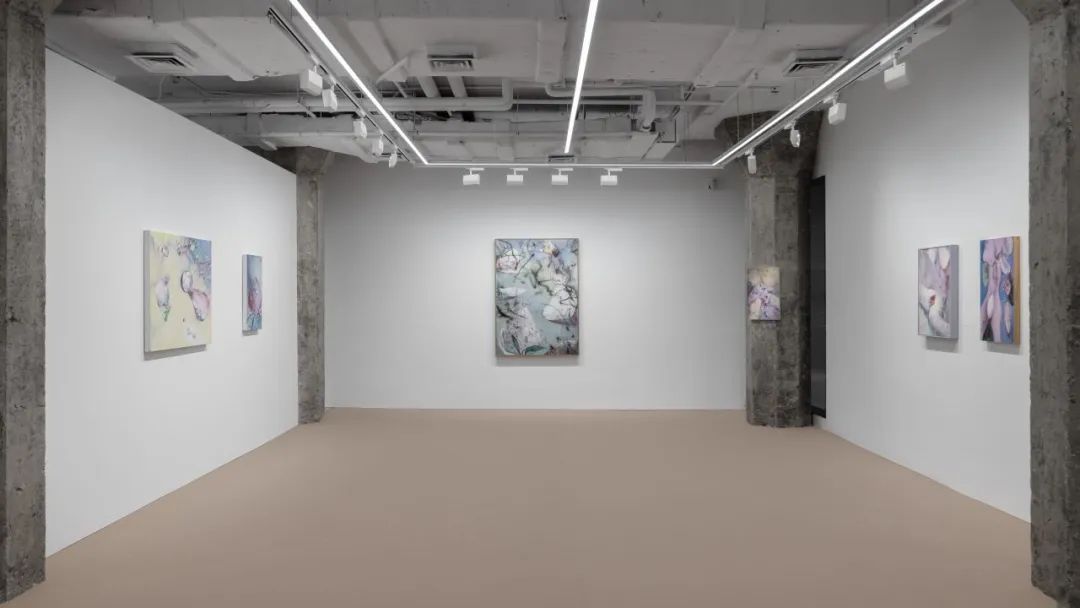
A distant and profound experience, when revisited and reconnected across temporal nodes, ferments into deeper meaning—this is the genesis of the white strawberry world. The process by which creators transform inner experiences into artistic momentum, externalizing them, is often vaguely labeled "autobiographical." In Jung's terms, "recovered" (i.e., restored) unconscious contents are either discovered in external objects or exist beyond one's own psyche, and this externalization occurs spontaneously. From this perspective, a state akin to "trance" better dislodges fixed consciousness, facilitating the emergence of the subconscious.
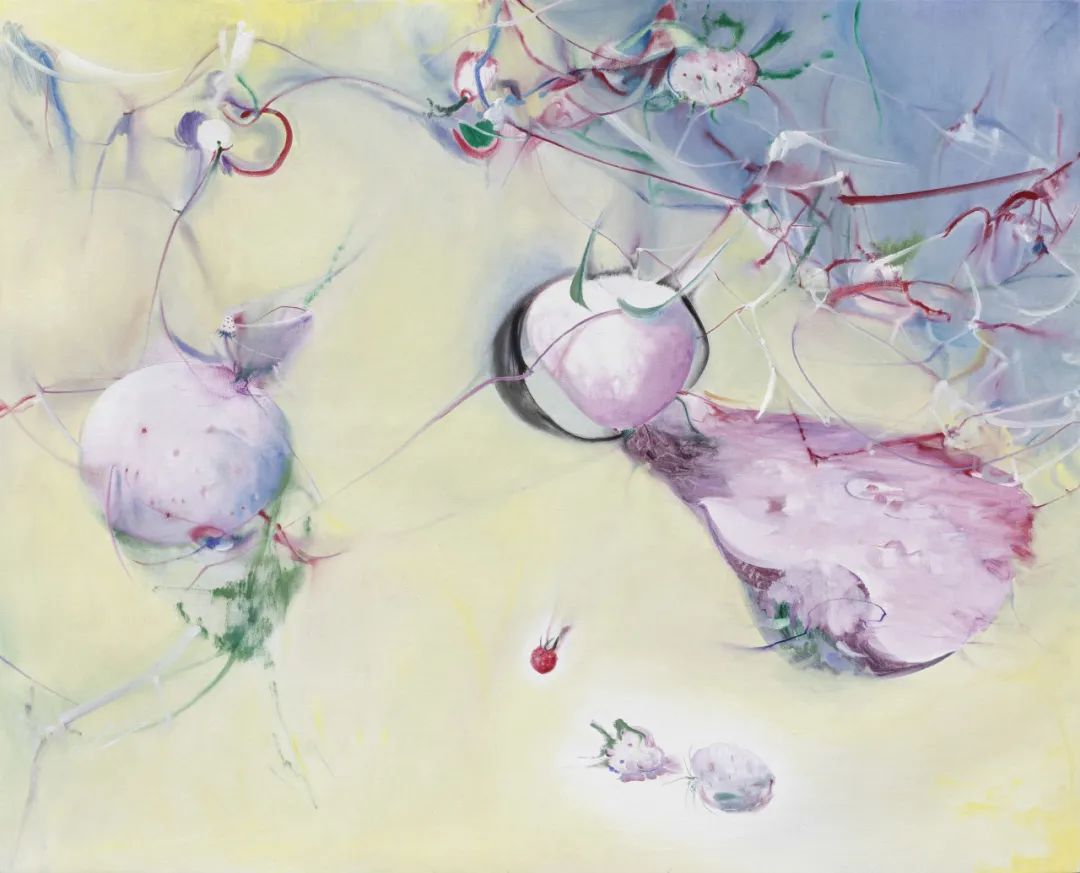
Yet the artist's invocation of inner experience varies in scale: how can the specialized privacy of autobiography transcend individual experiential horizons and become a universal meaningful connection? This perhaps tests the artist: how far can they depart from factual details, and to what degree can they "symbolize" external objects? Louise Bourgeois' various spiders, embodying both maternal shelter and violence, became powerful symbols resonating with universal human experience.
As archetypal images beyond conscious content, symbols are neither metaphors nor signs—they often emerge spontaneously in dreams. The creator's primary task is to discern whether these images truly originate from the abyss of the self-unconscious, from the increasingly clear scars of life. Through bodily instinct and intuition, they judge whether these are the elements that must be summoned and reconciled with. For Qi Le, white strawberries and Shanshan are symbols condensed from inner experience—requiring not only their own depiction but also the world they inhabit and the gaze directed upon it.
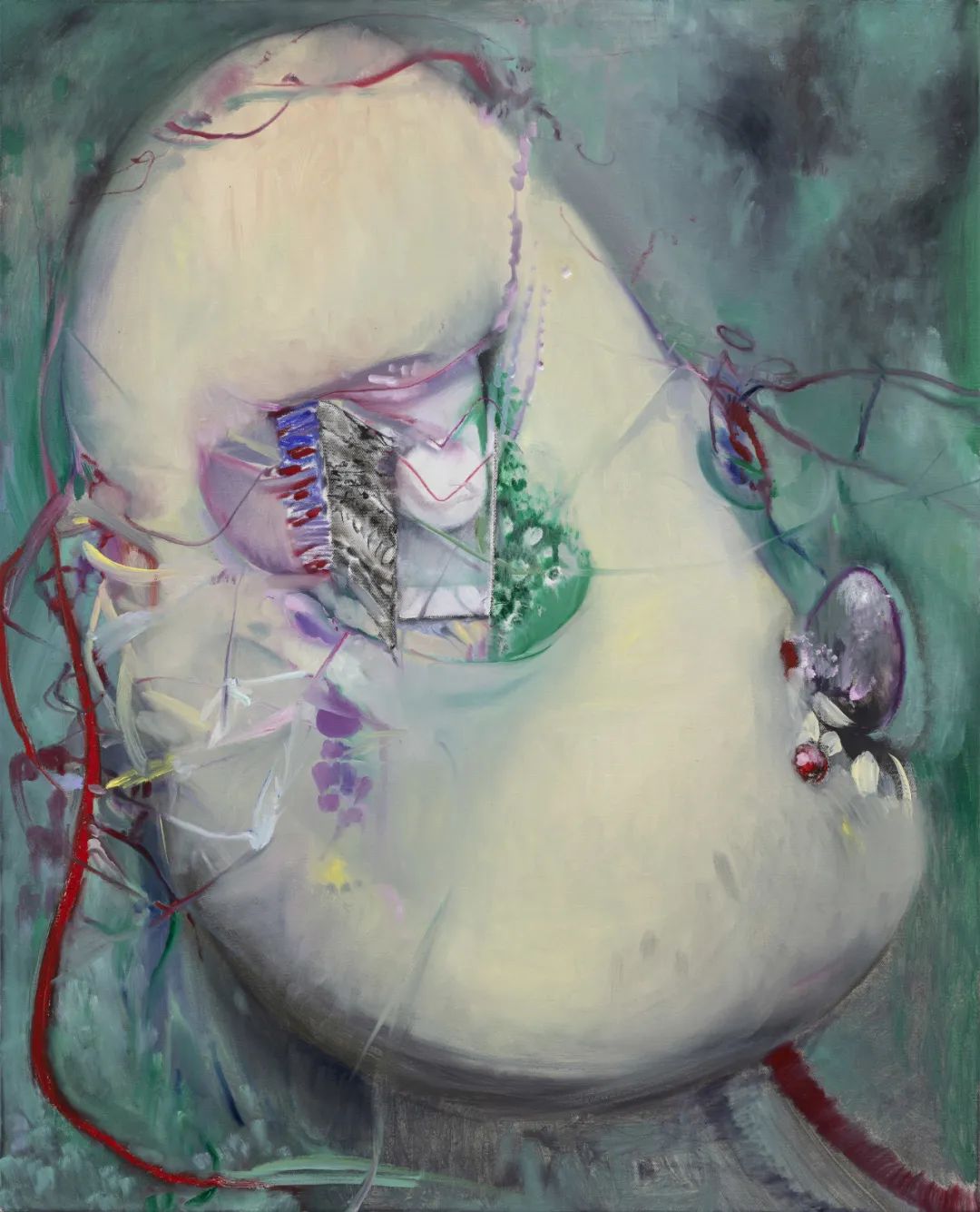
In Qi Le's paintings, there is often a sense of obscure light. In Ephemeral Taste, a relatively large-scale work, she immerses herself in layers of dreams—deep mountain paths and abrupt houses that seem to have existed yet are nowhere to be found. The dream traveler treks endlessly without a clear destination. This restless unease recurs in paintings like Waiting for a Boat to Sail in the Rainy Night and Rising River, where light and shadow are fully psychologized. In mountainous regions where bright sunlight is rare, and on those rain-drenched nights, illumination often comes from campfires, candlelight, light bulbs, or even the hue of white strawberries themselves.
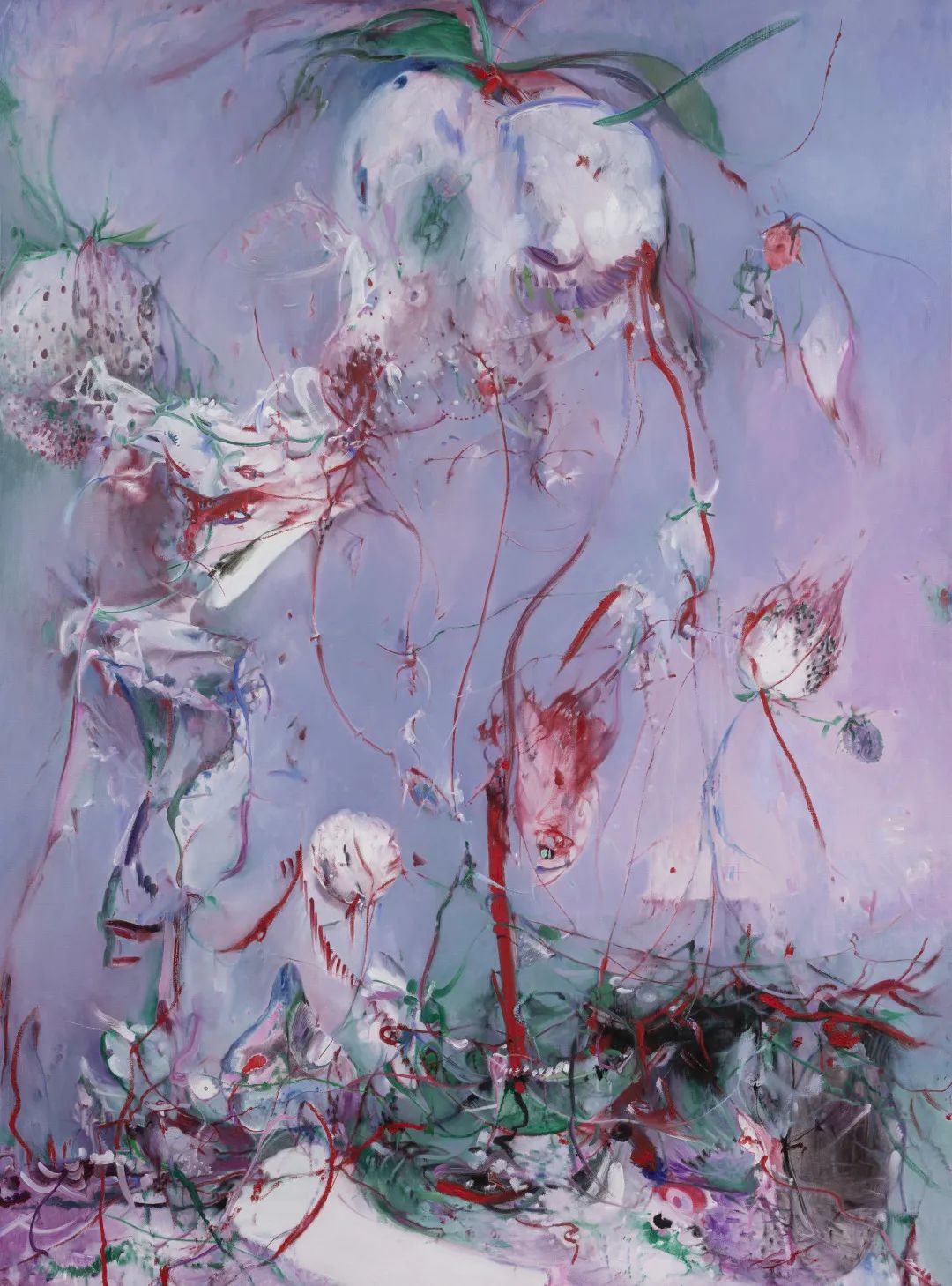
Before the emergence of white strawberries, in works like Sleepless Summer Night, the artist focused on fluttering insects and black smoke, which swirl around due to some form of light. The painting Flame Core is even composed primarily of dark smoke, while in Night Talk, flames transform into white moths soaring from the smoke, with various creatures around the fire forming an alliance-like friendship. In this perception, the relationship between light and shadow is highly ambiguous, seemingly subverting the common good-evil dualism. The gloomy backdrop itself is extremely dominant, while light appears fragile. It seems that in Qi Le's vision, darkness is more of a fundamental essence, yet humans—or rather, white strawberries—still require some blessing of light. This power dynamic is like a fragile white strawberry pinched between the fingers of a strong chimpanzee, on the verge of breaking. However, from another perspective, Qi Le intentionally enlarges the white strawberry's scale in her paintings, making it the visual focal point—a dignified reinforcement for the white strawberry.
Shanshan emerged rapidly and naturally—she is both Qi Le's alter ego, a secret keeper, and the key to unlocking the world of white strawberries. Qi Le wears Shanshan close to her chest as she wanders, their breaths intermingling. Shanshan becomes the subject of Qi Le's brushwork, sometimes even incarnating as one of the white strawberries. In Qi Le's 2017 stop-motion animation Green Flesh, a group of puppets made with similar techniques appeared as characters. Shanshan's emergence, as a sublimation of this phase and an inauguration of new questions, marks the artist's first objectification of inner experience. Viewing herself through Shanshan's perspective—through this third-person lens on the world—Qi Le's self-reflection gains clarity.
It is undeniable that the mountain and riverside scenes often lingering in Qi Le's paintings originate from countless concrete fragments of life—her closed mountainous hometown and the religious atmosphere of her family's milieu. She once saw the corpse of an abandoned infant while fishing in a river, and raised an eaglet that flew into her home before a storm. The tyranny and capriciousness of this land mirror the obscure depths of human nature. This gave rise to dogmatic restrictions—such as doctrines about women's place and bodies—and an excessive yearning for light, which in turn fostered new forms of tyranny. While inflicting trauma, these experiences also awakened Qi Le's rebellious consciousness. Her narrative transcends private, concrete descriptions, allowing these traces to flow as universal motifs in the world of white strawberries. Since human wildness is so hard to suppress, and fate so unpredictable, paradise may well be a lie disguised as an abyss. To look at it lucidly—resisting yet tempted—is possible; like gazing at ourselves, experiencing this fragile and sweet flesh akin to white strawberries, with its attached shadows and glimmers.

